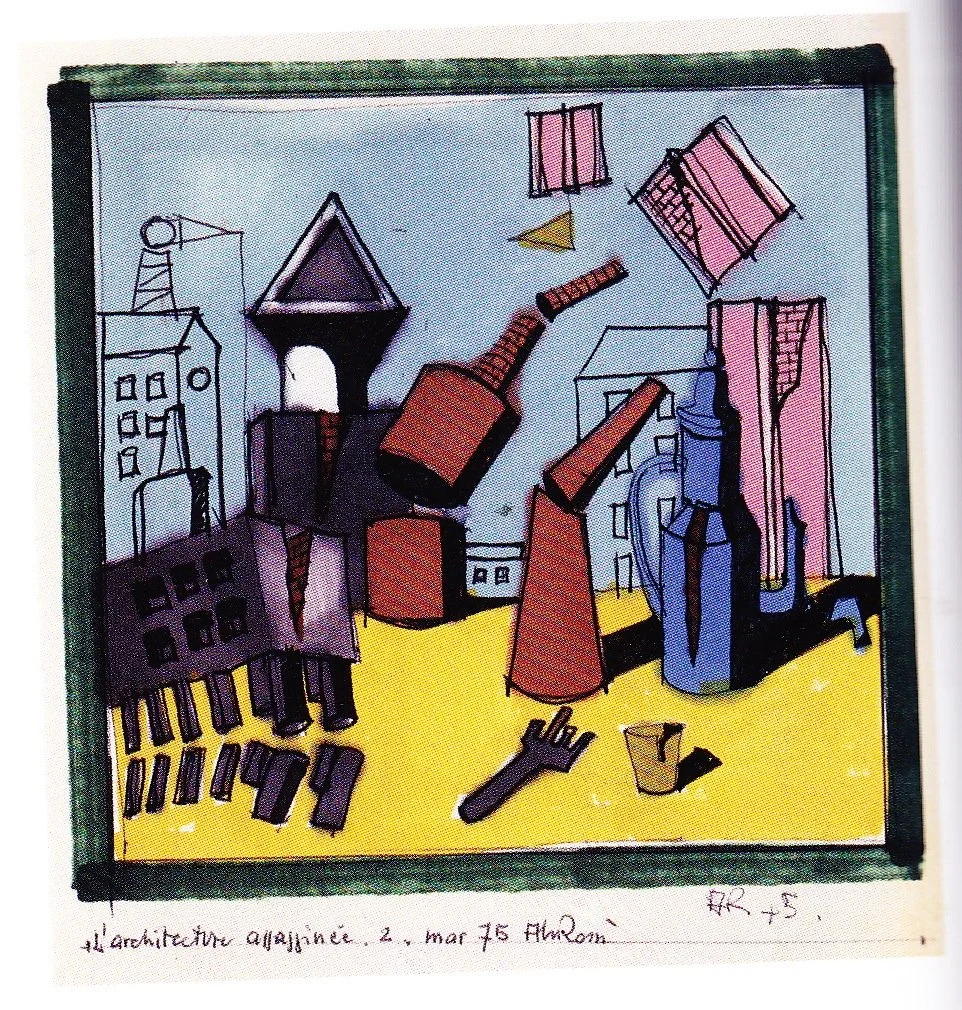DISSERTATION PROJECT | STANFORD UNIVERSITY
Space Acts: Performance, Architecture, & the Mise-en-scène
By analyzing case studies occurring at the intersection of architecture and performance, this dissertation asserts spatial design's role as a critical and performative activity. I argue that these modes of spatial design and activity, while establishing themselves in the built environment, actively perform in real time, refusing to stagnate in the still plan. To describe this spatial activity I draw from the concept of the mise-en-scène. I define the mise-en-scène as a means, method, and medium through which visual and spatial relations structure the sensorium of the stage and the built environment at large. The examples I enlist demonstrate how mise-en-scène engages with the politics of space. By framing them through the mise-en-scène, I analyze design practices by architects Oskar Hansen, Lawrence Halprin, Rem Koolhaas, and Elia Zenghelis; as well as political interventions on architecture. The demonstrations I address range from pictorial to destructive: the graphic interventions of the Atelier Populaire in France in 1968, the symbolic action of the Pentagon levitation in 1967, and the bombings of the Weather Underground from 1969 to 1975. Each case explores the pressure placed upon social performance by architecture, and demonstrates the importance of mise-en-scène as a dynamic concept in contemporary architectural theory.
